Lithium carbonate lithium hydroxide packing and palletizing (一) What is lithium carbonate
Lithium carbonate, an inorganic compound, chemical formula Li2CO3, is a colorless monoclinic crystal or white powder. The density is 2.11g/cm3. The melting point is 618 C (1.013*10^ 5Pa). Soluble in dilute acid. It is slightly soluble in water and has a higher solubility in cold water than in hot water. It is insoluble in alcohol and acetone. It can be used to make ceramics, drugs, catalysts, etc. Commonly used raw materials for lithium ion batteries.
Because the main raw material for lithium carbonate production is salt lake brine (because the cost of ore method is high and the global productivity is small), large-scale enterprises producing lithium carbonate must have the right to exploit the salt lake resources with abundant lithium reserves, which makes the industry have higher resource barriers; on the other hand, because most of the global salt lake resources are high magnesium and low lithium, but from high magnesium to low lithium. The technology of purifying and separating lithium carbonate from lithium halide is very difficult. Previously, these technologies were only in the hands of a few foreign companies, which makes the lithium carbonate industry have technical barriers. Therefore, the global oligopoly structure of lithium carbonate industry has been created.
Physical property
Appearance and Properties: Colorless monoclinic crystal or white powder.
CAS No. 554-13-2
Melting point (?) 723 (decomposition temperature 1310℃)
Relative density (water = 1): 2.11
Boiling Point (): No data (decomposition)
Molecular formula: Li2CO3
Molecular weight: 73.89
Solubility: slightly soluble in water, soluble in acid, insoluble in ethanol and acetone.
Chemical property
Alias: high purity lithium carbonate
English Name: Lithium carbonate
1. Partial decomposition of lithium oxide and carbon dioxide begins when heated to boiling point.
Li2CO3 = Heating = Li2O + CO2
2. Soluble in acid.
Li2CO3+2H+= 2Li++H2O+CO2
Function and Effect
It is used to prepare various lithium compounds, metal lithium and its isotopes. It is also used to prepare catalysts for chemical reactions. Semiconductor, ceramics, television, medicine and atomic energy industries also have applications. Used as analytical reagent in analytical chemistry. It is also used in lithium-ion batteries. Used as a coagulant in cement admixtures.
Lithium carbonate can obviously inhibit mania, improve the emotional disorder of schizophrenia, and has no effect on the mental activity of normal people in the amount of treatment. The mechanism may be related to inhibiting the release of norepinephrine at the synaptic site of the brain and promoting its re-uptake, which can increase peripheral blood cells. This drug has certain therapeutic effect on uterine leiomyoma with menorrhagia in small doses. Small doses can also be used for acute bacillary dysentery. Lithium salts have no sedative effect. Generally, they are combined with chlorpromazine or haloperidine for severe acute mania patients, and then maintained with lithium carbonate after acute symptoms are controlled.
Use precautions
Risk overview
Health hazards: After taking poisoning by mistake, it mainly damages gastrointestinal tract, heart, kidney and nervous system. Poisoning manifestations include nausea, vomiting, diarrhea, headache, dizziness, lethargy, visual impairment, lip, limb tremor, convulsions and coma.
Environmental hazards: It may be harmful to the environment and may cause pollution to the water body.
Burning and Explosion Danger: This product is not flammable.
First aid measures
Skin contact: Remove contaminated clothes and rinse with plenty of flowing water.
Eye contact: Lift the eyelids and rinse them with flowing water or saline. Seek medical advice.
Inhalation: Quickly leave the scene to the fresh air. Keep the respiratory tract open. If breathing is difficult, give oxygen. If breathing stops, artificial respiration should be carried out immediately. Seek medical advice.
Intake: Drink plenty of warm water and vomit. Gastric lavage, catheterization. Seek medical advice.
Fire protection measures
Hazard Characteristics: It can't burn itself. Toxic gases are released by high thermal decomposition.
Harmful combustion products: carbon monoxide, carbon dioxide.
Fire extinguishing methods: Fire fighters must wear full body fire fighting and anti-virus clothing to extinguish fire in the upper wind direction. When extinguishing a fire, move the container from the fire site to the open space as far as possible. Then choose appropriate fire extinguishing agent according to the cause of fire.
Emergency Leakage Handling
Emergency treatment: isolate leaking contaminated areas and restrict access. It is suggested that emergency personnel wear dust-proof masks and general work clothes. Do not contact leaks directly.
Small leakage: Avoid dust, sweep carefully and collect in dry, clean, covered containers.
Massive leaks: collection, recycling or transportation to waste disposal sites for disposal.
Operational Disposal and Storage
Operating Notes: Closed operation, provide adequate local ventilation. Prevent dust from being released into the air of the workshop. Operators must be specially trained and strictly abide by the operating rules. Operators are advised to wear dust mask (full cover), gas-permeable gas-proof clothing and rubber gloves. Avoid producing dust. Avoid contact with oxidants, acids and fluorine. Equipped with leak emergency treatment equipment. Empty containers may retain harmful substances.
Storage Notes: Store in a cool, ventilated warehouse. Keep away from fire and heat sources. Prevent direct sunlight. Packaging and sealing. It should be stored separately from oxidants, acids and fluorine. Mixed storage should not be avoided. The storage area should be equipped with suitable materials to accommodate leaks.
- Last:Defects of Lithium Carbonate Lithium Hydroxide through Artificial Packaging and Semi-automa
- Next:Lithium carbonate lithium hydroxide packing and palletizing (二) the present situation of
【Related Product】
- Full-automatic Packaging Machin
- Semi-automatic valve bag packin
- Semi automatic powder packaging
- SW-ATF-180 Fully Automatic Pack
- Semi-automatic Ton bag Packing
- Double hopper granule packing m
- Single hopper packing machine
- Semi-automatic packing machine


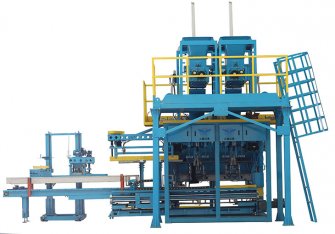
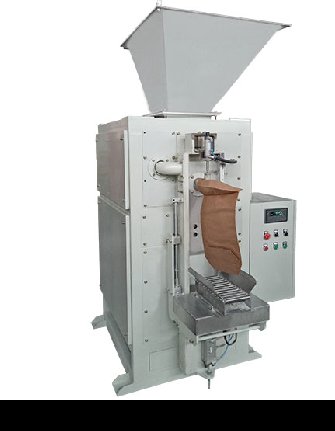
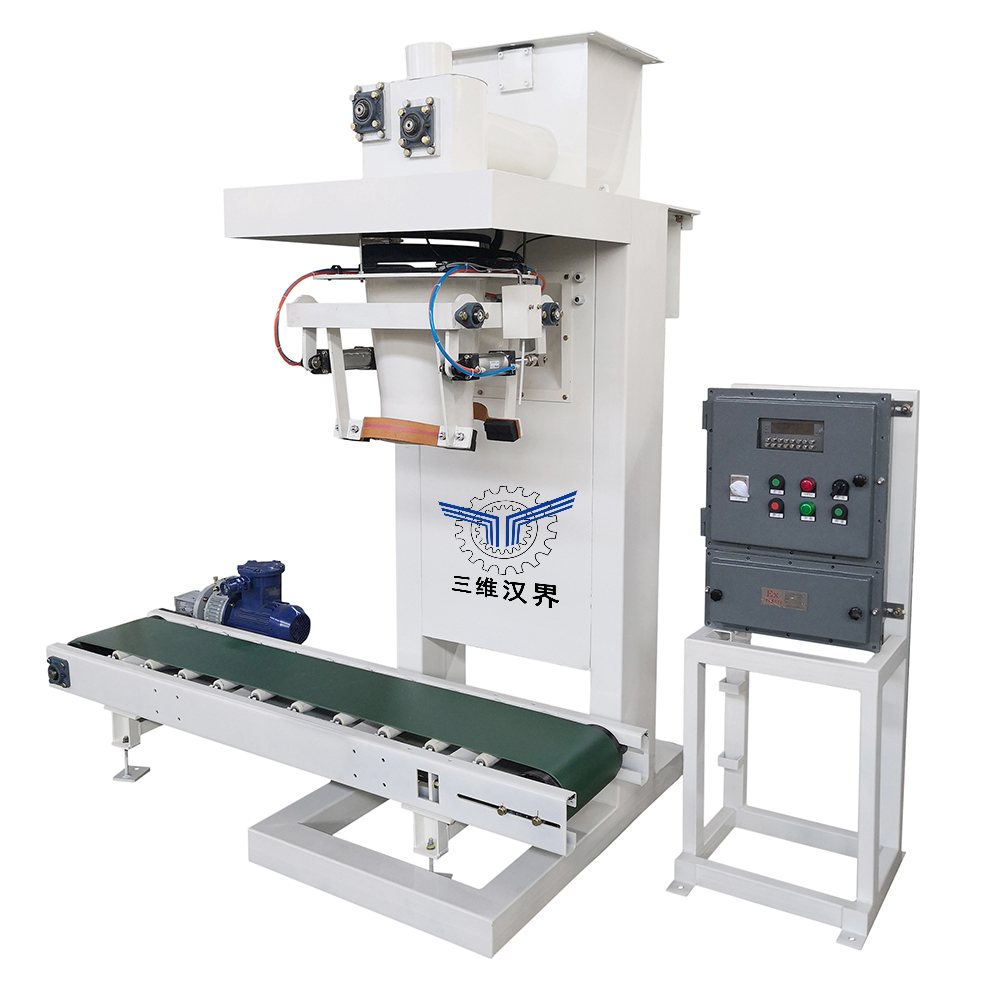
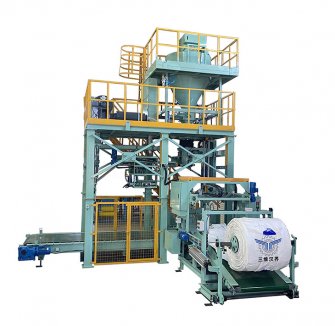
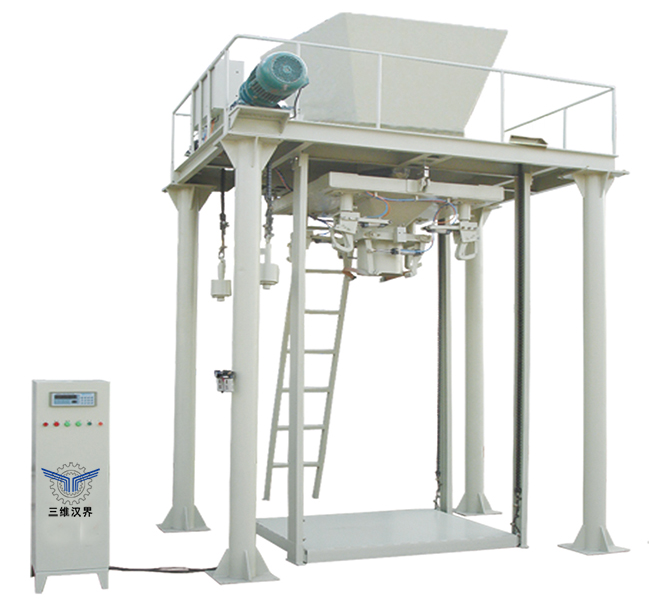
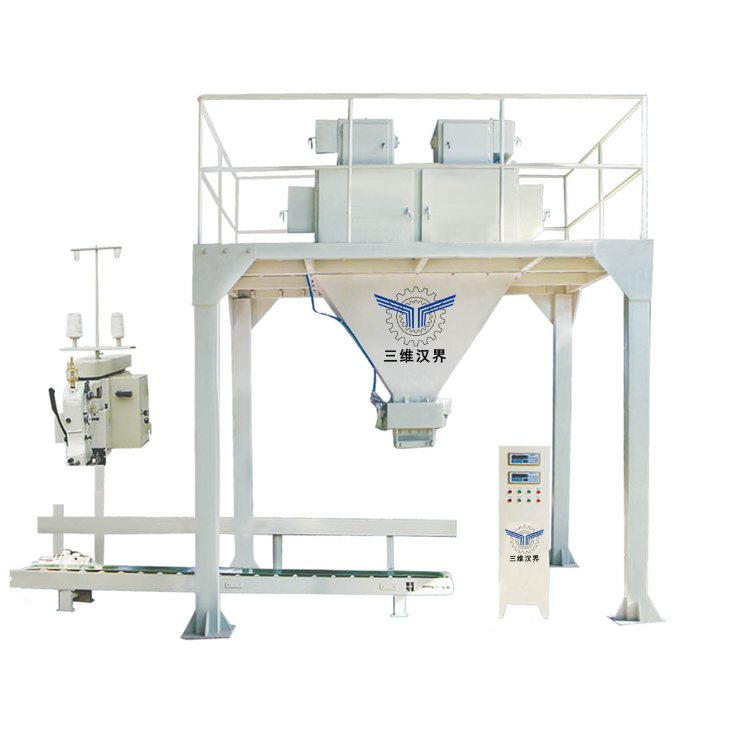
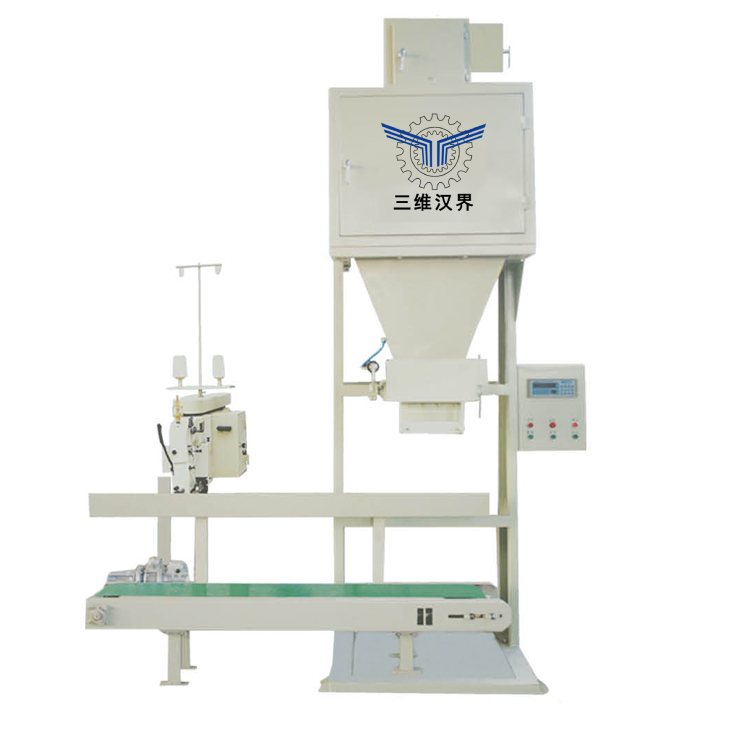
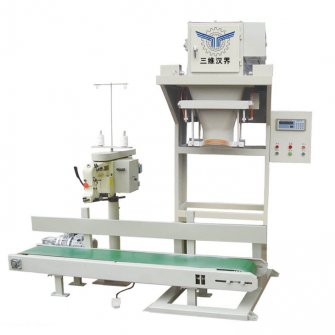
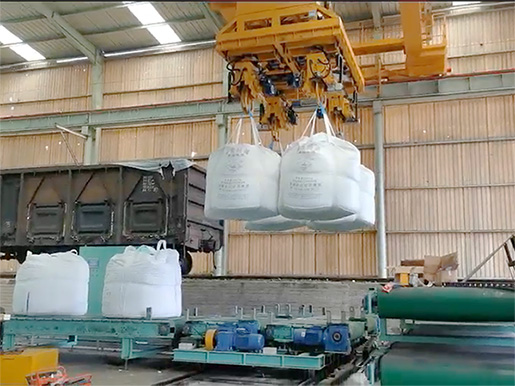

 Safety record of Lu Gong net Number 37040202006018
Safety record of Lu Gong net Number 37040202006018 